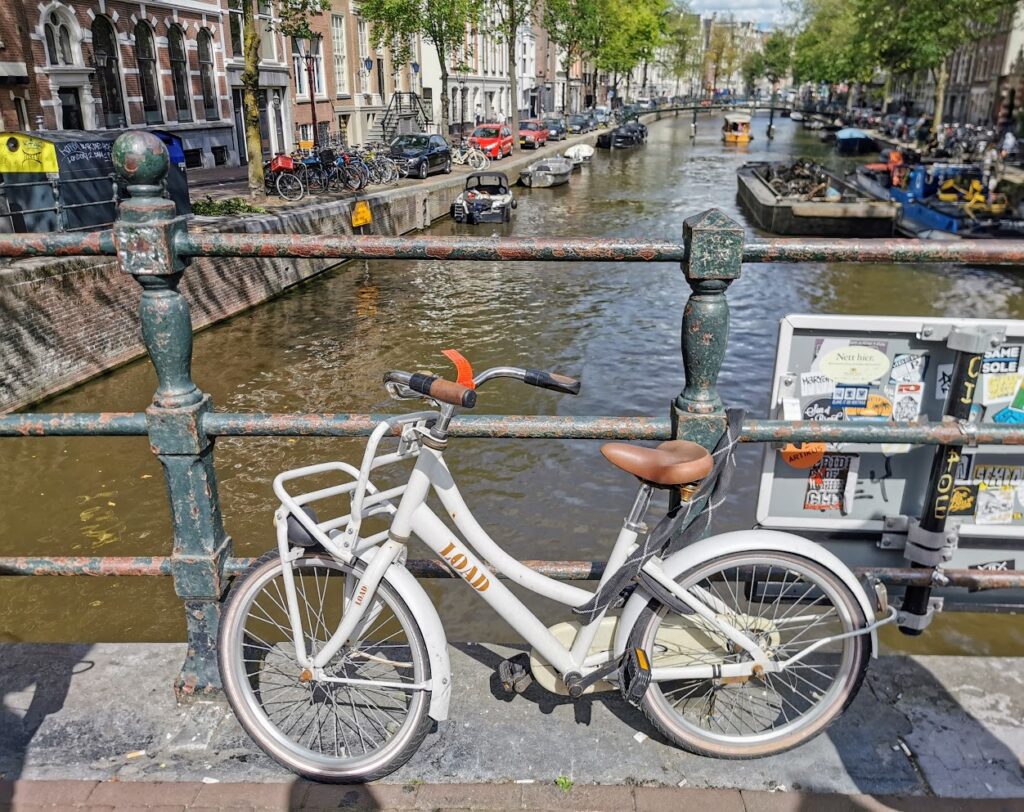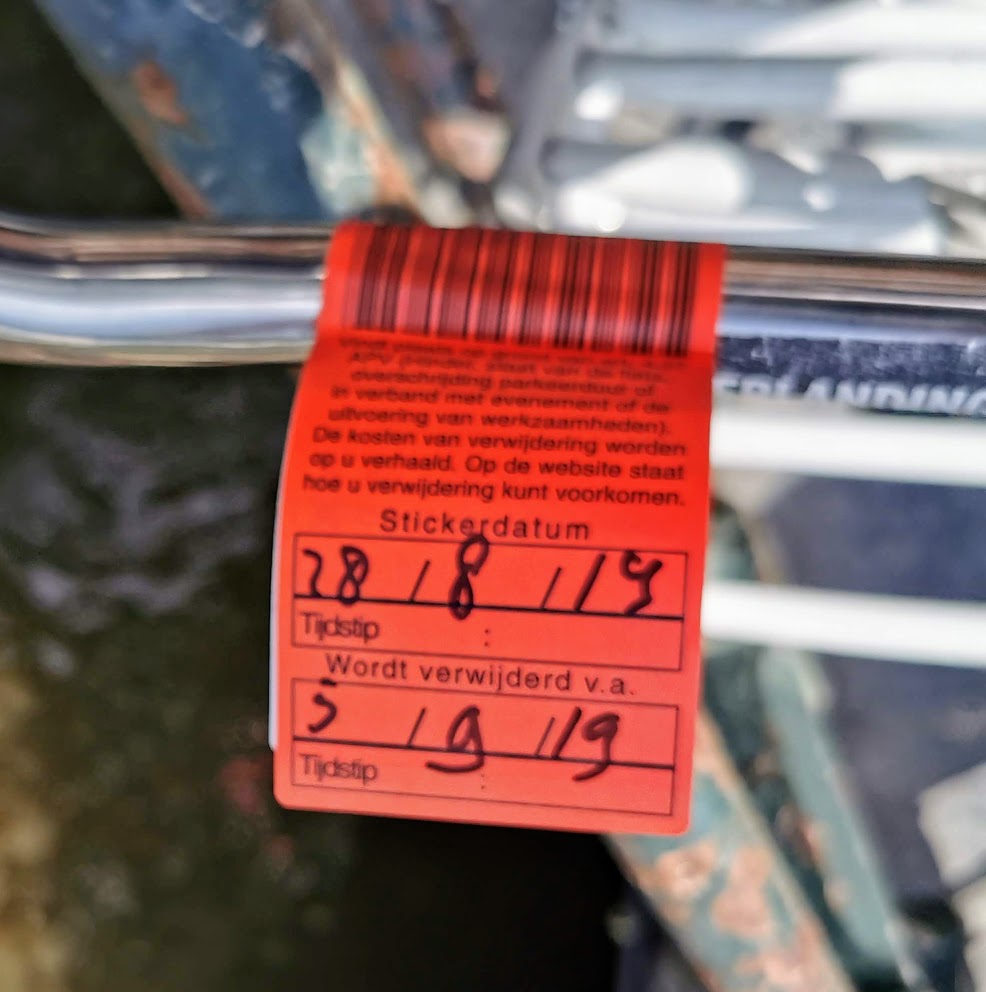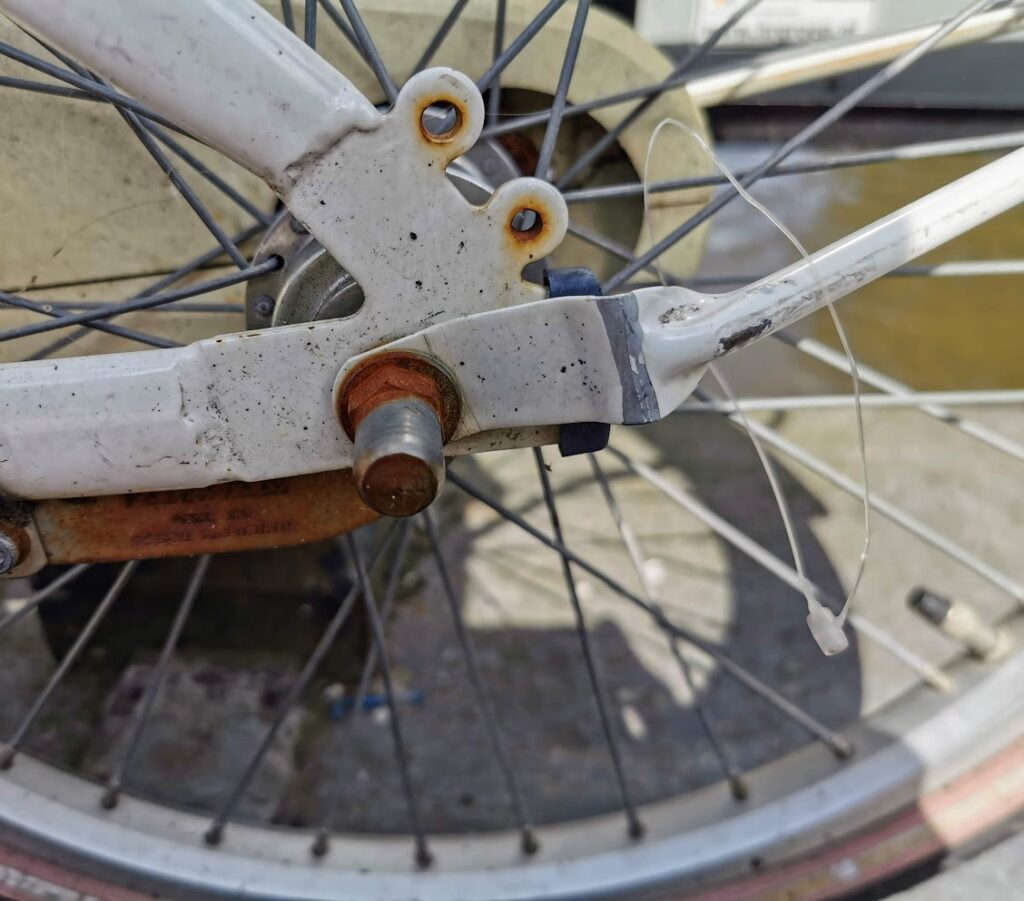Abandoned Bikes of Amsterdam



Tackling Amsterdam’s Bicycle Overflow: The Story of Abandoned Bikes and City Solutions
Amsterdam is famous worldwide for its love of cycling. The city’s small size and many bike lanes make biking the best way to get around. But with so many bikes, Amsterdam faces a unique problem: managing abandoned and wrongly parked bikes, especially in the busy city center.
The Problem: Too Many Bikes in the City
On average, people in Amsterdam own about 1.5 bikes each, and with so many unused, the streets and bike racks often fill up with old or abandoned bicycles. Around 15% of outdoor bikes are thought to be left unused, with many of these bikes sitting in central parts of the city. This creates problems for people looking for places to park, blocks sidewalks for pedestrians, and makes the streets look cluttered.
To tackle this, the city regularly clears away bikes that are blocking sidewalks, parked incorrectly, or in bad condition. In the photos above you can see the measures the city takes to decise if a bike is abandoned. In the right hand photo do you see a very fine, clear sort-of zip tie that goes around the spokes and frame of the bike? This will easily break if the bike is move. The city has people sweep an area putting these on all the bikes. Then, about 3 months later they sweep through again and if the zip tie is still there, they know the bike is considered abandoned. Then it gets a sticker with a threatened removal date. That usually passes by about a month and the city picks it up and takes it to the central storage facility, known as the Bicycle Depot (Fietsdepot).
The Bicycle Depot: Where All Abandoned Bikes Go
The Fietsdepot is the city’s main bike storage area, where bikes from all over Amsterdam and nearby towns, like Weesp and Amstelveen, are taken. The depot can hold around 75,000 bikes a year, but with the number of bikes growing, nearly 100,000 are now being stored. Because of this, the city has shortened the time they keep bikes from six weeks to four, encouraging owners to pick them up sooner.
If you think your bike might be there, you can use the city’s “Find My Bike” tool online to check. Once found, you can either pick up your bike or pay for home delivery, which costs extra. Standard pickup fees are about €25, and bikes taken from city parking areas cost more, with a total fee of €58.75.
Supporting Refugee Communities with Amsterdam’s Abandoned Bikes
While clearing bikes from the streets keeps Amsterdam looking tidy, it also means there are many unclaimed bikes left at the depot. Each year, about 30,000 bikes go uncollected. In 2024, the city began sending some of these bikes to refugee camps in Jordan, where they are put to good use as transportation. The first shipment of 350 bikes is on its way, with plans to send 1,400 bikes in total after repairs by volunteers.
In these camps, the bikes are not only used for getting around but can also be made into rickshaws or cargo bikes, which helps people trade goods and start small businesses. This program gives a new purpose to bikes that might otherwise go to waste while providing practical support for refugees.
If you like this sort of info, then come on a private Amsterdam walking tour with me and learn a whole lot more about the city and about the bike culture as well.
